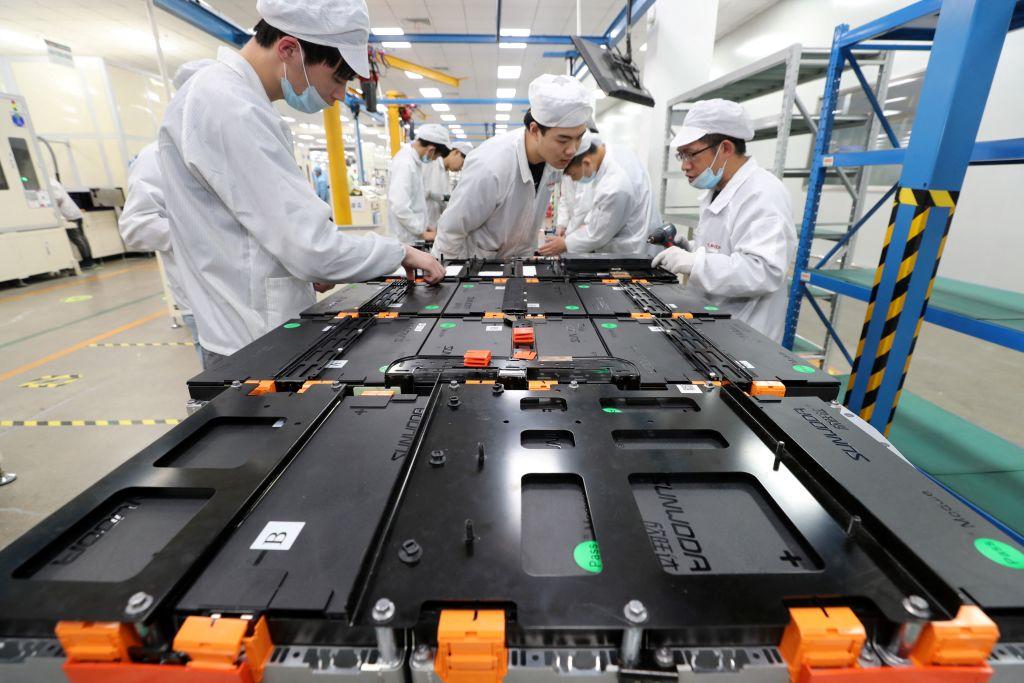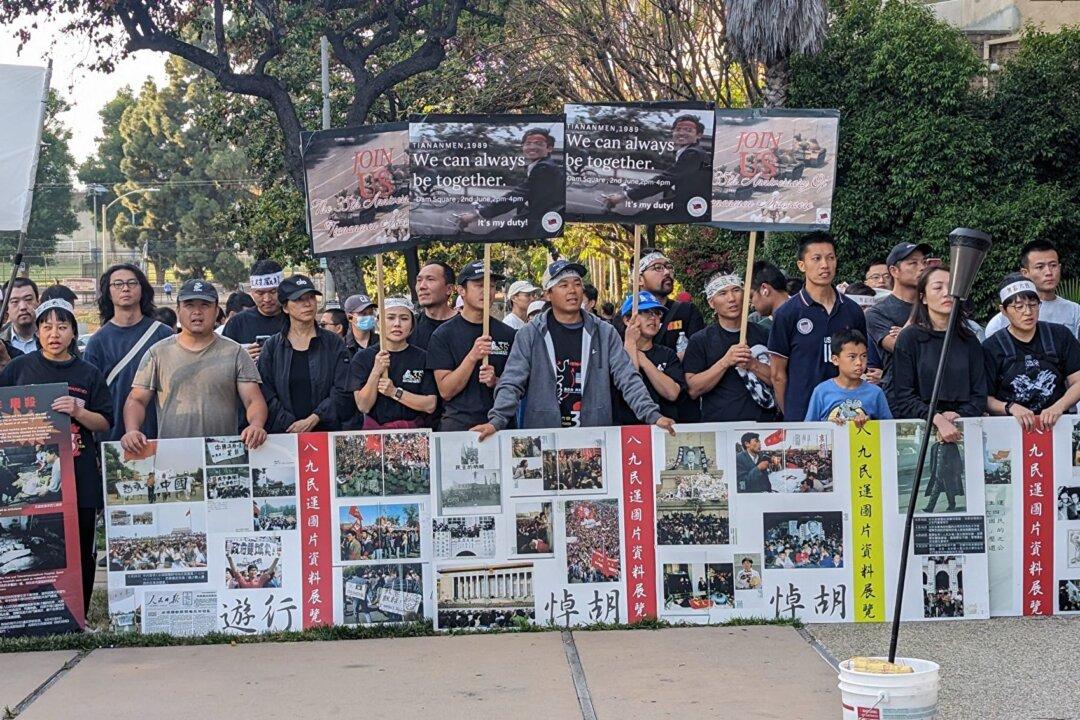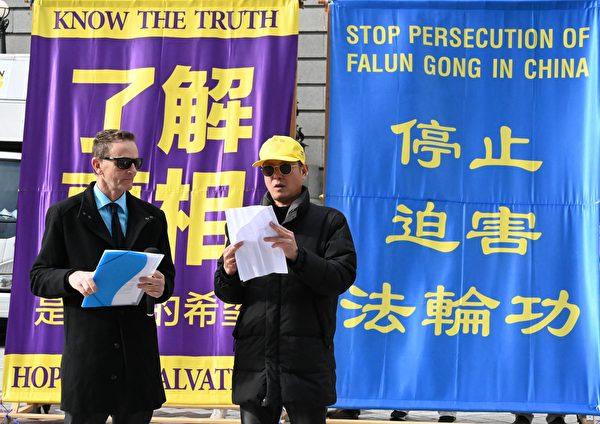According to global rankings released on Monday, Canada has taken the top spot from China for manufacturing lithium-ion batteries last year. An expert believes that it indicates that the West has come to a consensus on the threat to national security posed by Chinese-made batteries.
BloombergNEF (BNEF) announced its fourth annual Global Lithium-Ion Battery Supply Chain Ranking. The ranking assesses the potential of 30 countries to build a secure, reliable, and sustainable lithium-ion battery supply chain.




